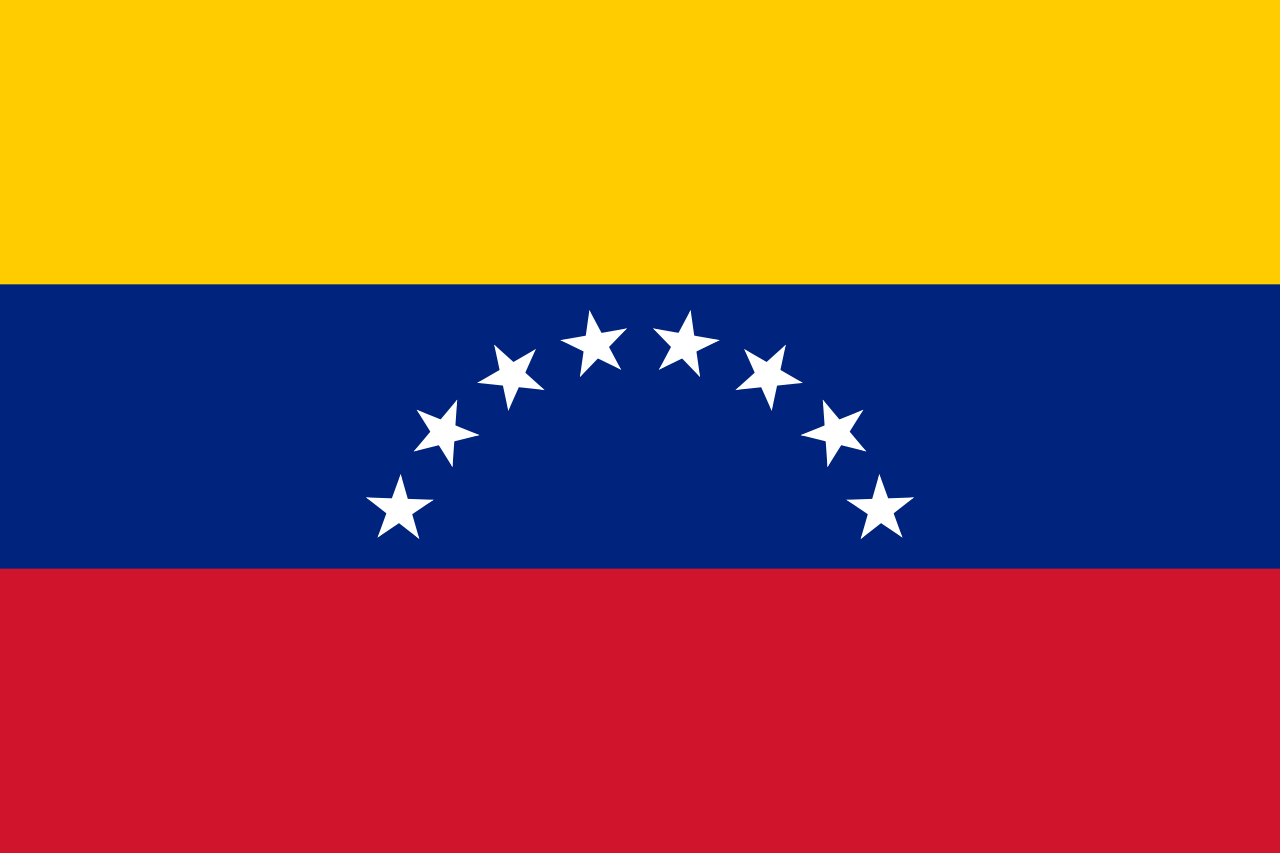Venezuela is once again at the forefront of nations experiencing extreme political turmoil. President Maduro, the socialist dictator currently at the helm of Venezuelan politics, has lost the confidence of much of the opposition and its leaders. Juan Guaido, the leader of the opposition, has declared himself the actual President of Venezuela and has received substantial backing from other nations; the United States, United Kingdom, Canada and Australia have all released statements officially recognising Guaido as Venezuela’s leader. However, Russia, China and Turkey have all continued to recognise Maduro. This is leading to a rise in diplomatic tensions; Cold War-style. For this and other reasons, the United States and other liberal democracies would do well to leave Venezuela alone to deal with its own problems.
But how did this crisis begin in the first place? Essentially it comes down to the fact that Guaido and his opposition party, the Popular Will Party, refused to accept the result of the Venezuelan presidential election in 2018. Although the Popular Will party are largely a fringe party, it is a part of the coalition that controls the nation’s legislature, the National Assembly. This body ruled that the 2018 presidential election was flawed and rejected its outcome, including that Maduro had won. Despite this, Maduro has continued to govern, seemingly dismissing the calls from the National Assembly for fresh, legitimate elections.
So why does it all matter what’s going on in a Latin American country that is probably very far away from where you live? Well, the United States has a long and sordid history of intervening in the politics of nations when they don’t align with how the United States would like them to. As far back as the 1960s, the United States was intervening throughout Latin America, the most famous of which would be their consistent attempts to overthrow Fidel Castro, the leader of Cuba through the Cold War. A look at the map above will seem eerily familiar to anyone who knows about the Cold War – when Russia and China aligned against the Western world. A map of the Cold War compared to the map above is essentially the same thing. If the Venezuelan crisis escalates further than the diplomatic spat it currently is, it would not be a surprise to see a revival of Cold War tensions.
Not to mention that a key campaign pledge of President Trump was to get the United States out of the wars he inherited. To his credit, Trump has recently announced that he will be pulling troops out of Syria (although most former generals think this is being done too hastily), but his National Security Advisor John Bolton was recently seen leaving a meeting with the President with the words “five-thousand troops to Venezuela” written on his notepad. If the war in Syria is no longer a priority for the United States, creating a new war in Venezuela should definitely not be at the top of the President’s to-do list.
Cynics think that the United States is so concerned about what is going on in Venezuela because of how much oil the nation has (think back to the justifications of the war in Iraq in 2003). According to the Organisation of the Petroleum Exporting Countries (OPEC), Venezuela has reserves of oil
While the crisis in Venezuela looks like it could be the start of something major in Latin America, the nations involving themselves without a formal request from Venezuela’s opposition (or anyone for that matter) are stoking the flames of what could quite easily become another Cold War. Western nations are lining up to back Juan Guaido whereas Eastern (former Communist) nations are lining up behind their socialist ally President Maduro. Keep an eye on Venezuela: the world could need to brace itself for another period of intense East-West hostility sooner than we would all like.J
Image: Wikipedia Commons.

